How to Dry a Car
Method 1 of 4:
Using a Non-Abrasive Towel
-
 Get an absorbent, non-abrasive towel to dry off your car with. Never use a regular bath or kitchen towel to dry your vehicle since the abrasive fibers can scratch the paint. Even if you don't notice the damage right away, the small scratches can build up over time and diminish the appearance of your car. Some good non-abrasive options include microfiber dryer towels and chamois, which is non-abrasive leather.[1]
Get an absorbent, non-abrasive towel to dry off your car with. Never use a regular bath or kitchen towel to dry your vehicle since the abrasive fibers can scratch the paint. Even if you don't notice the damage right away, the small scratches can build up over time and diminish the appearance of your car. Some good non-abrasive options include microfiber dryer towels and chamois, which is non-abrasive leather.[1]- You can find microfiber and chamois towels online or at your local home improvement center or department store.
-
 Fold the towel into a square to avoid streaks. If you wipe down your car with the towel when it's wadded up and wrinkled, it won't dry the surface evenly, leading to streaks. By folding the towel into a square, you'll have a flat, consistent surface to dry with.[2]
Fold the towel into a square to avoid streaks. If you wipe down your car with the towel when it's wadded up and wrinkled, it won't dry the surface evenly, leading to streaks. By folding the towel into a square, you'll have a flat, consistent surface to dry with.[2]Tip: Once one side of the folded towel is saturated, flip it over and use the other side, or re-fold it so a dry portion is on the outside.
-
 Work from the top of your car to the bottom. That way, you don't accidentally push water from the top of your vehicle down to the areas that you already dried off. Start with the roof and windows. Then, once those are dry, make your way down to the door panels, trunk, hood, and bumpers.[3]
Work from the top of your car to the bottom. That way, you don't accidentally push water from the top of your vehicle down to the areas that you already dried off. Start with the roof and windows. Then, once those are dry, make your way down to the door panels, trunk, hood, and bumpers.[3] -
 Dab at the water instead of wiping whenever possible. You want to avoid dragging things across the surface of your vehicle as much as possible since it can scratch the paint. Even if you're using a non-abrasive material, there's always a chance that dirt or other small particles got into the fabric or onto the surface of your car, so it's better to be safe.[4]
Dab at the water instead of wiping whenever possible. You want to avoid dragging things across the surface of your vehicle as much as possible since it can scratch the paint. Even if you're using a non-abrasive material, there's always a chance that dirt or other small particles got into the fabric or onto the surface of your car, so it's better to be safe.[4]- For big sections of your car that are wet, dabbing likely won't be effective or efficient. When you're wiping down bigger sections, always use light pressure.
-
 Use a terry towel to dry off your wheels. Your wheels are more likely to have grease and residue on them that will soil your microfiber or chamois towel. To keep your nice towel clean and in good condition for the next time you dry your vehicle, don't use it on your wheels. An absorbent terry towel should do the trick.[5]
Use a terry towel to dry off your wheels. Your wheels are more likely to have grease and residue on them that will soil your microfiber or chamois towel. To keep your nice towel clean and in good condition for the next time you dry your vehicle, don't use it on your wheels. An absorbent terry towel should do the trick.[5]- You can find a terry towel online or at your local department store.
Method 2 of 4:
Drying Your Car with Pressurized Air
-
 Find a source of pressurized air. You can use a leaf blower, an air compressor, a shop vac, or anything else that blows out pressurized air. Just make sure the nozzle that the air comes out of is clean and free of debris so you don't accidentally dirty the surface of your vehicle.[6]
Find a source of pressurized air. You can use a leaf blower, an air compressor, a shop vac, or anything else that blows out pressurized air. Just make sure the nozzle that the air comes out of is clean and free of debris so you don't accidentally dirty the surface of your vehicle.[6] -
 Blow pressurized air over the surface of your car to dry it off. Work from the top of the car down to the bottom, using the pressurized air to blow off any water droplets. Work your way around your car until you've blown off all of the visible water.[7]
Blow pressurized air over the surface of your car to dry it off. Work from the top of the car down to the bottom, using the pressurized air to blow off any water droplets. Work your way around your car until you've blown off all of the visible water.[7] -
 Use the pressurized air to dry hard-to-reach surfaces on your vehicle. Gas caps, door jambs, mirrors, and grills can all be difficult to dry because of their small grooves and hard-to-reach crannies. However, with pressurized air, you don't need to let these parts of your car air dry. Just aim the nozzle on your pressurized air device at them to blow away any lingering water droplets.[8]
Use the pressurized air to dry hard-to-reach surfaces on your vehicle. Gas caps, door jambs, mirrors, and grills can all be difficult to dry because of their small grooves and hard-to-reach crannies. However, with pressurized air, you don't need to let these parts of your car air dry. Just aim the nozzle on your pressurized air device at them to blow away any lingering water droplets.[8]Tip: If you're having trouble getting your car completely dry with pressurized air, use a non-abrasive towel to dab or wipe up any remaining water so you don't end up with water spots.
Method 3 of 4:
Using a Squeegee
-
 Get a paint-safe squeegee. It's important that you use a squeegee designed for use on automobile paint. Otherwise, you could damage the finish on your vehicle when you're drying it. There are a variety of brands that sell squeegees specifically for drying off cars.[9]
Get a paint-safe squeegee. It's important that you use a squeegee designed for use on automobile paint. Otherwise, you could damage the finish on your vehicle when you're drying it. There are a variety of brands that sell squeegees specifically for drying off cars.[9]- You can find a paint-safe squeegee online or at your local home improvement center or department store.
- Paint-safe squeegees are great if you're looking for a fast, easy way to dry off your car and prevent water spots.
-
 Make sure the squeegee and the surface of your car are free of debris. Even a small piece of dirt on the squeegee blade or on your vehicle can result in a scratch if you're not careful. Always thoroughly inspect the blade on the squeegee before you use it, as well as the surface of your car, and rinse off any debris if necessary.[10]
Make sure the squeegee and the surface of your car are free of debris. Even a small piece of dirt on the squeegee blade or on your vehicle can result in a scratch if you're not careful. Always thoroughly inspect the blade on the squeegee before you use it, as well as the surface of your car, and rinse off any debris if necessary.[10] -
 Swipe the squeegee blade across the surface of your vehicle to dry it off. Use a steady, fluid motion as you drag the blade across your car. As you swipe the blade, it will carry away any water droplets in its path, leaving your car nice and dry.[11]
Swipe the squeegee blade across the surface of your vehicle to dry it off. Use a steady, fluid motion as you drag the blade across your car. As you swipe the blade, it will carry away any water droplets in its path, leaving your car nice and dry.[11]- If you're drying a horizontal surface on your car, like the hood, swipe the blade from one side to the other so you're pushing the water off of your vehicle. For vertical surfaces, like the door panels, swipe from the top to the bottom.
Tip: Start at the top of your vehicle and work your way down so you're not pushing water onto portions of your car that you've already dried.
-
 Go over your car with a non-abrasive towel when you're done to avoid streaks. Sometimes, a squeegee can leave behind water streaks. To avoid this, lightly wipe down the surface of your vehicle with a non-abrasive towel, like a microfiber drying towel or chamois, to remove any remaining water marks.[12]
Go over your car with a non-abrasive towel when you're done to avoid streaks. Sometimes, a squeegee can leave behind water streaks. To avoid this, lightly wipe down the surface of your vehicle with a non-abrasive towel, like a microfiber drying towel or chamois, to remove any remaining water marks.[12]- You can find a microfiber drying towel or chamois online or at your local home improvement center or department store.
Method 4 of 4:
Rinsing and Sheeting Your Car
-
 Rinse your car off so it's free of suds and dirt. Before you start the drying process, it's important that there's no debris or cleaning residue on your vehicle. Otherwise, your car could end up with spots or scratches later on. Spray it down thoroughly with a hose once you're finished cleaning it.[13]
Rinse your car off so it's free of suds and dirt. Before you start the drying process, it's important that there's no debris or cleaning residue on your vehicle. Otherwise, your car could end up with spots or scratches later on. Spray it down thoroughly with a hose once you're finished cleaning it.[13]- Make sure you get the entire surface of your car, including the top and wheels.
-
 Flush excess water off the surface using a hose on medium pressure. Known as sheeting, this process flushes off most of the water on the surface of your vehicle so it's easier and faster to dry later. Just take the nozzle off of your hose, set the water to medium pressure, and hold the nozzle parallel to the top of your car so the water flows down the sides. Make your way around your vehicle until you've flushed the entire surface with water.[14]
Flush excess water off the surface using a hose on medium pressure. Known as sheeting, this process flushes off most of the water on the surface of your vehicle so it's easier and faster to dry later. Just take the nozzle off of your hose, set the water to medium pressure, and hold the nozzle parallel to the top of your car so the water flows down the sides. Make your way around your vehicle until you've flushed the entire surface with water.[14]- Don't spray your car directly with the water or you'll make it wetter. You want the water to gently flow onto your car's surface so it flushes the existing water off.
-
 Open and shut all the doors to get rid of any water in the seals. After washing, rinsing, and sheeting your car, there might be some water trapped around the door seals. Opening and closing the doors should be enough to shake off any water trapped in them.[15]
Open and shut all the doors to get rid of any water in the seals. After washing, rinsing, and sheeting your car, there might be some water trapped around the door seals. Opening and closing the doors should be enough to shake off any water trapped in them.[15]- Open and close the doors to the trunk and hood of your vehicle as well.
5 ★ | 1 Vote
May be interested
- Check out the 'buffalo' Pokémon in Pokémon Go
 each type of pokemon has hp, cp, ability to attack and endure differently. based on these indicators, players can determine as well as choosing the most powerful pokemon for their offensive tactics.
each type of pokemon has hp, cp, ability to attack and endure differently. based on these indicators, players can determine as well as choosing the most powerful pokemon for their offensive tactics. - Sitting home can also locate Pokemon around, do you believe it?
 the tightening of the niantic developers' rules to prevent players from abusing the support tools also brings annoyance, such as those who have no conditions to move much, go away, it is hard to know. get the location of the pokemon around the area they live in
the tightening of the niantic developers' rules to prevent players from abusing the support tools also brings annoyance, such as those who have no conditions to move much, go away, it is hard to know. get the location of the pokemon around the area they live in - 5 undeniable benefits when playing Pokemon Go
 get to know many new people, breathe fresh air, relieve stress, increase concentration thanks to going out for a walk .... are compelling reasons to force you to try pokemon go now .
get to know many new people, breathe fresh air, relieve stress, increase concentration thanks to going out for a walk .... are compelling reasons to force you to try pokemon go now . - Want to earn the fastest Pokécoins in Pokémon Go? So don't miss this article!
 pokécoins in pokémon go play the role of buying items in the store. the more coins you earn, the more likely you are to buy more items. to earn pokécoins, players will have to complete certain tasks or buy real money.
pokécoins in pokémon go play the role of buying items in the store. the more coins you earn, the more likely you are to buy more items. to earn pokécoins, players will have to complete certain tasks or buy real money. - Pokémon systems when fighting in Pokémon Go
 each pokémon system in pokémon go has different strengths, along with a specific weakness. this type of pokémon will have the power to attack the other pokémon, but can defeat the other pokémon. if you know the characteristics of each type, it will be easier to choose which pokémon to battle.
each pokémon system in pokémon go has different strengths, along with a specific weakness. this type of pokémon will have the power to attack the other pokémon, but can defeat the other pokémon. if you know the characteristics of each type, it will be easier to choose which pokémon to battle. - The terms you need to know when playing Pokémon Go
 pokémon go is the most prominent name in recent days. this game of capturing and training virtual animals has created a relatively new way of playing, as players have to constantly move to catch pokémon. during the process of joining pokémon go, you will encounter and use a lot of important terms. so what do they mean?
pokémon go is the most prominent name in recent days. this game of capturing and training virtual animals has created a relatively new way of playing, as players have to constantly move to catch pokémon. during the process of joining pokémon go, you will encounter and use a lot of important terms. so what do they mean? - How to play Pokemon GO on Windows computers
 recently, pokemon go has become a popular game, attracting thousands of gamers around the world. in previous posts network administrator has guided you on how to play pokemon go on android devices and ios devices. in the article below, network administrator will guide you how to play pokemon go on windows computers using bluestacks emulator software.
recently, pokemon go has become a popular game, attracting thousands of gamers around the world. in previous posts network administrator has guided you on how to play pokemon go on android devices and ios devices. in the article below, network administrator will guide you how to play pokemon go on windows computers using bluestacks emulator software. - How to become a good Pokémon Go hunter?
 with a new way of playing, pokémon go has created a new phenomenon in the game village around the world. players will have to go around and find pokémon for themselves. so how to quickly catch pokémon and in large numbers?
with a new way of playing, pokémon go has created a new phenomenon in the game village around the world. players will have to go around and find pokémon for themselves. so how to quickly catch pokémon and in large numbers? - Things to know to upgrade Pokémon in Pokémon Go
 the whirlwind pokémon go has spread its power right on the first day of its release. everyone rushed to the street to find a pokémon for themselves. therefore, in order to become a pokémon hunter, you need to master the basics of participating in pokémon go battlefield.
the whirlwind pokémon go has spread its power right on the first day of its release. everyone rushed to the street to find a pokémon for themselves. therefore, in order to become a pokémon hunter, you need to master the basics of participating in pokémon go battlefield. - List of medals received in Pokemon Go
 in addition to getting items when leveling up, gamers who join pokemon go also have the opportunity to receive their proud achievements.
in addition to getting items when leveling up, gamers who join pokemon go also have the opportunity to receive their proud achievements.
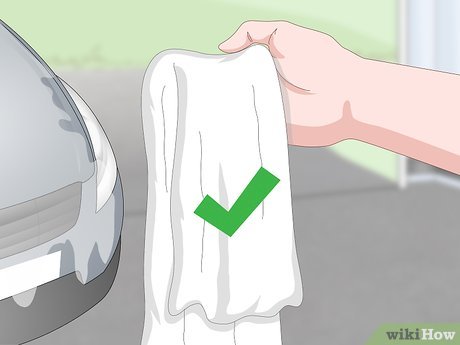
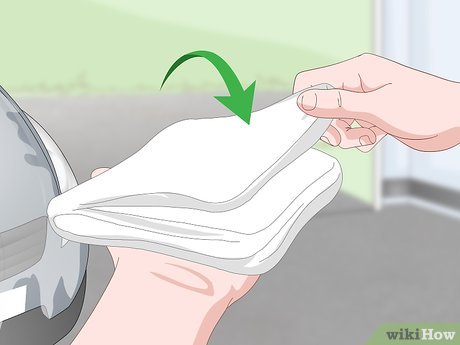
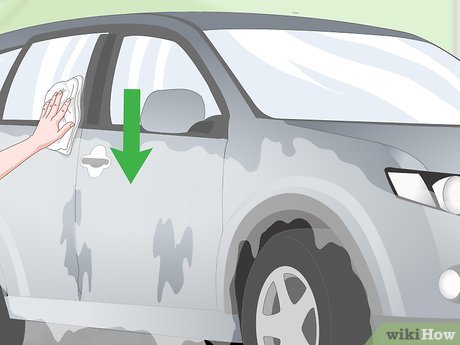
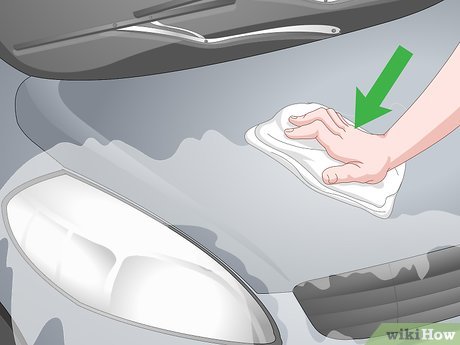
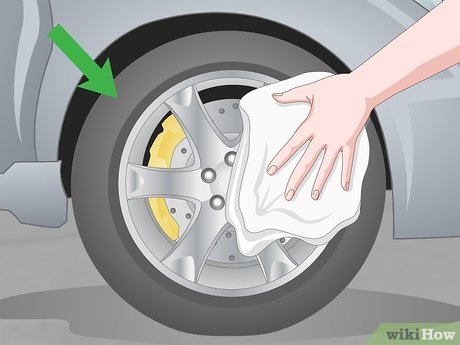
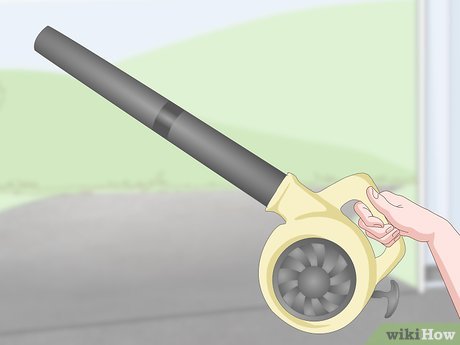
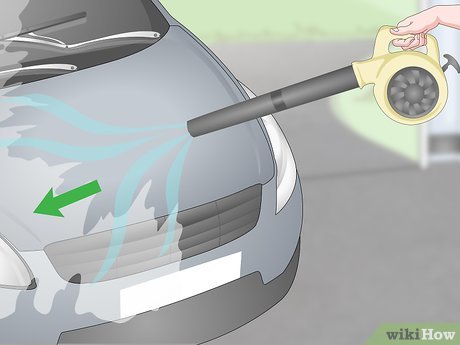
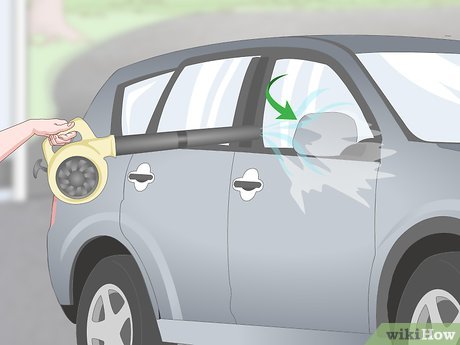
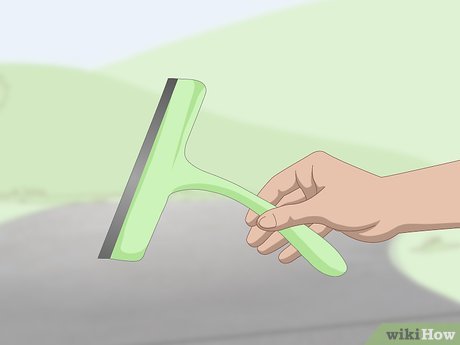
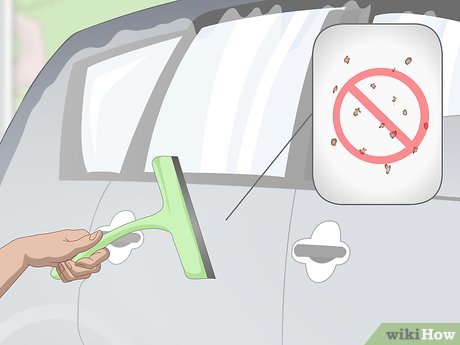
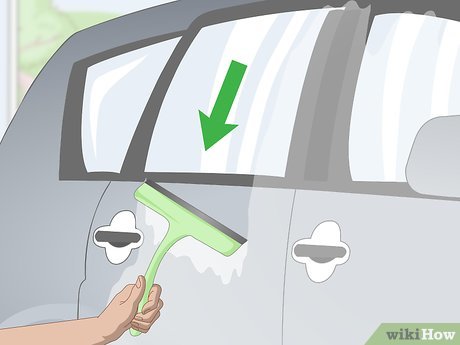
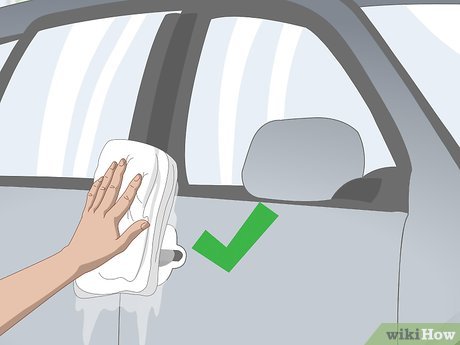

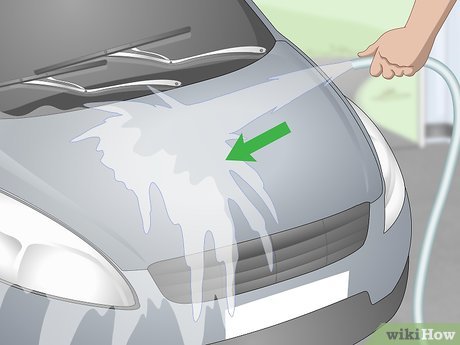
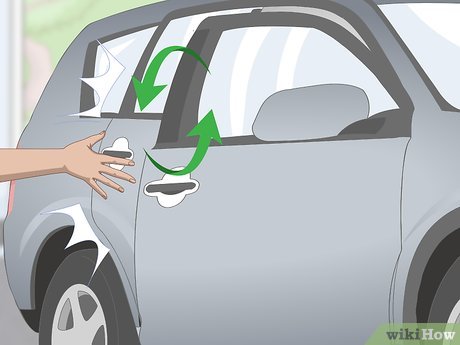










 How to Talk Cars
How to Talk Cars How to Pass a Smog Test
How to Pass a Smog Test How to Paint an Engine Bay
How to Paint an Engine Bay How to Learn About Cars
How to Learn About Cars How to Use Hybrid Cars Efficiently
How to Use Hybrid Cars Efficiently How to Use Car Ramps
How to Use Car Ramps